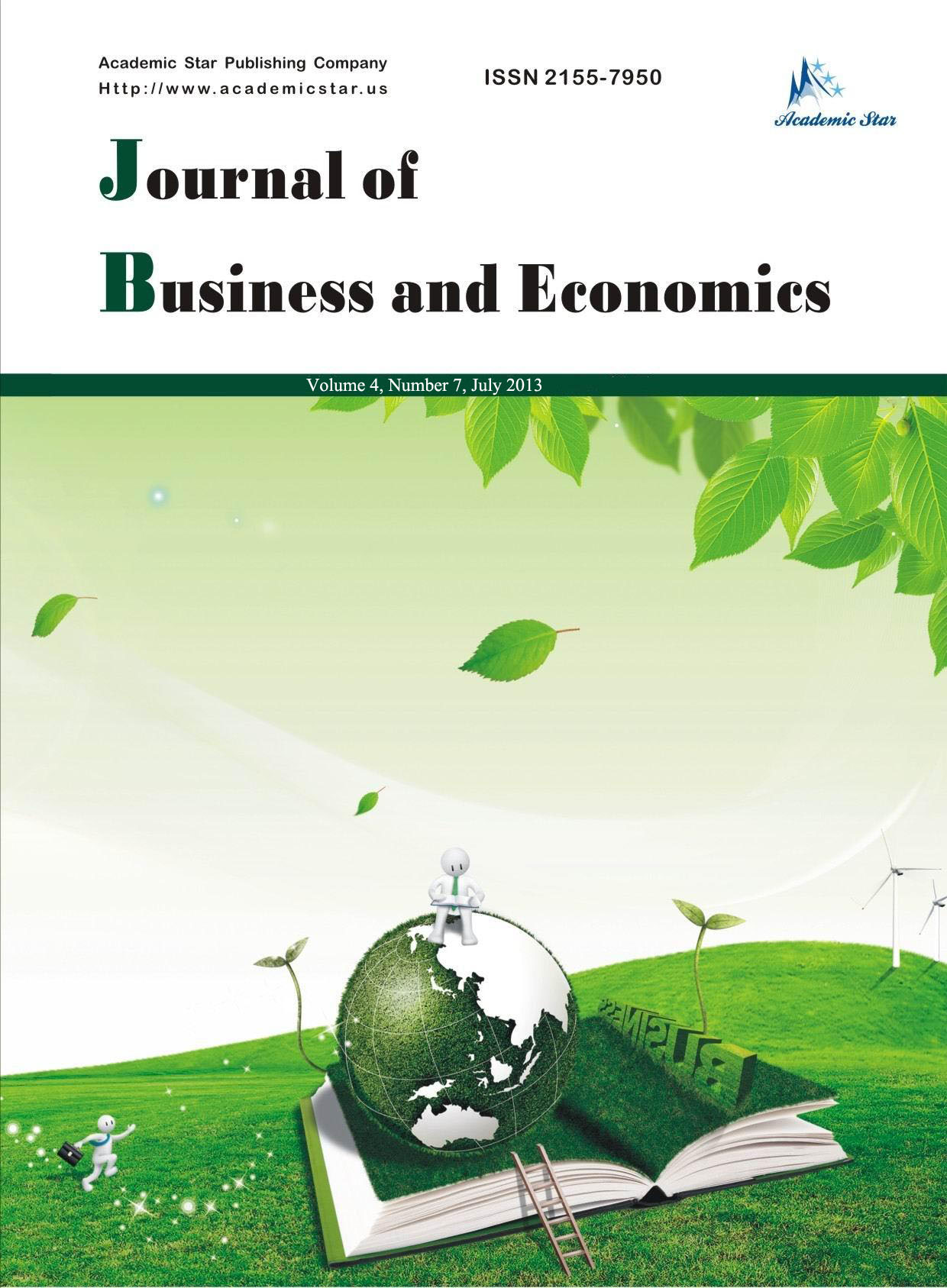
- ISSN: 2155-7950
- Journal of Business and Economics
(División Académica de Ciencias Económico Administrativas, Universidad Juárez Autónoma de Tabasco, Mexico)
Abstract: The training of an effective and qualified labor force capable of generating, applying, and transferring knowledge, constitutes a preponderant factor for innovation, technological progress, and economic growth in any country. Higher education institutions in Mexico have this mission, through their educational offer. However, they face challenges to achieve standards of relevance with the labor market and this has been demonstrated in different studies such as the one carried out by the World Bank in 2010, where 30.9% of the country’s employers identified education as a restriction to achieve high levels of development since the education offer is inadequate.
This work shows that regions such as Tabasco, with higher economic lag and high unemployment rates which double the national average, offer to a great extent traditional study programs for health, administrative, economic and social sciences. This is in order to attend the tertiary sector that concentrates about 60% of the employed personnel whereas the primary sector is in greater disadvantage because only an average of 2.5% of students enroll in agricultural and veterinary science programs and this is insufficient to cover the job demand of these areas.
Key words: higher education; human capital; labor migration; educational outcomes; human resources
JEL codes: I24, I25, I26, I28, O15






